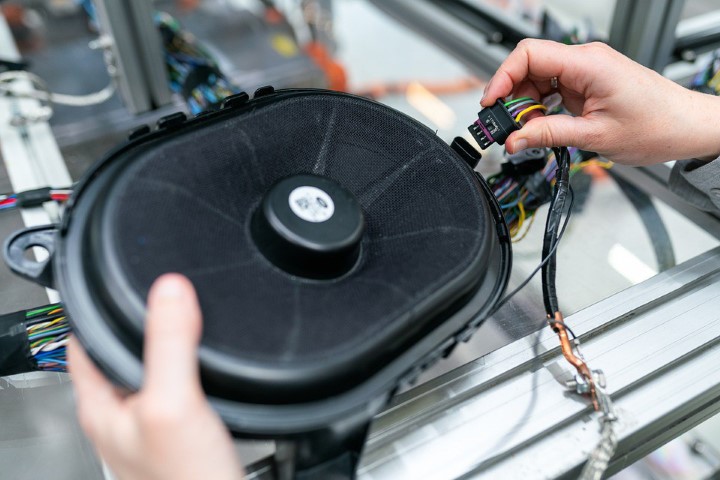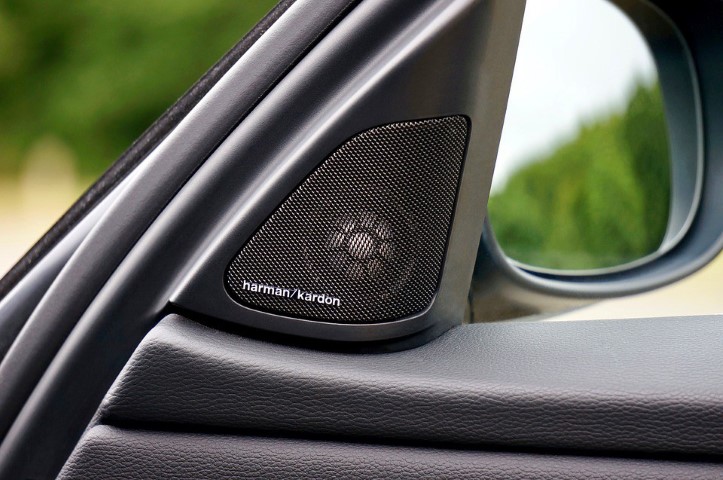 It’s a too-often-spread misconception that, in the realm of mobile, home and even pro audio, too much power will blow loudspeakers. Sure, that’s true to a point – you wouldn’t pair, say, a 20,000-watt amplifier that was designed to drive monitors at rock concerts with bookshelf speakers meant to be used in a small apartment or dorm room – but in a general sense, there really is no such thing as “too much power” when it comes to consumer-grade speakers. In fact, we keep telling readers of our articles that the healthiest thing you can do for loudspeakers is to feed them clean, continuous current…which brings us to the flip side of that coin.
No, what generally kills speakers and their drivers is distortion caused by insufficient amplification and/or mismatching of components, and in this article we’re going to divulge how you can actually tell if your car audio speakers are blown out.
It’s a too-often-spread misconception that, in the realm of mobile, home and even pro audio, too much power will blow loudspeakers. Sure, that’s true to a point – you wouldn’t pair, say, a 20,000-watt amplifier that was designed to drive monitors at rock concerts with bookshelf speakers meant to be used in a small apartment or dorm room – but in a general sense, there really is no such thing as “too much power” when it comes to consumer-grade speakers. In fact, we keep telling readers of our articles that the healthiest thing you can do for loudspeakers is to feed them clean, continuous current…which brings us to the flip side of that coin.
No, what generally kills speakers and their drivers is distortion caused by insufficient amplification and/or mismatching of components, and in this article we’re going to divulge how you can actually tell if your car audio speakers are blown out.
A Primer
Did you ever find yourself wondering if you blew one or more of your speakers because of strange sounds you’re hearing from them? Have you been concerned that perhaps you mated the wrong amp with the wrong set of speakers, and sound quality had been affected by this mismatch? You’re not alone.
Indeed, one of the most frustrating things that can happen to a mobile audio speaker – or any speaker for that matter – is for them to completely blow out. Blown car speakers are not only difficult to repair, the sound “quality” they exhibit is reduced and extremely off-putting; in many cases, you’ll be able to identify whether a speaker is blown immediately by just listening.
Tweeters and other types of drivers, such as woofers, can exhibit issues with wiring, power levels, distortion and more, and each of these can produce results that don’t actually mean the speaker is blown. It is for this reason that you must check to be sure that the speaker is blown before deciding to buy a new one.

What to Do
• Step One: Listen to the Speaker – If you suspect a speaker in your car stereo system may be blown, listen to it carefully by first stopping your vehicle somewhere safe and so that no other noises can distract you. If a speaker is completely blown, it will likely produce no sound and may just exhibit a soft “hissing” or “ringing” characteristic instead. • Step Two: Check by Touch – When it comes to larger speakers like woofers and subwoofers, they will actually vibrate when actively producing sound from an amplifier; turn the volume of your system up and place your hand against the front padding of the speaker, and if you do not feel any vibration, it is likely your larger speaker is not working properly. • Step Three: Isolate the Speaker in Question – Using the fader control on your head unit, try to isolate the speaker or speakers that you may think is/are blown; if you can focus the sound to one portion of the vehicle, you will be better able to tell if the speaker in question is not functioning.
Wrapping it Up If the problem seems to be relegated to a single speaker, ensure that this speaker is still actually wired to your amp and head unit properly.
Looking for some amazing photos of Car Stereo installs? Check out our coverage from the Largest Car Stereo contest in the world Slamology!










